A large sub-Neptune-sized planet revolving around a red dwarf star 124 light years away has been the topic of debate among several scientists in recent months.
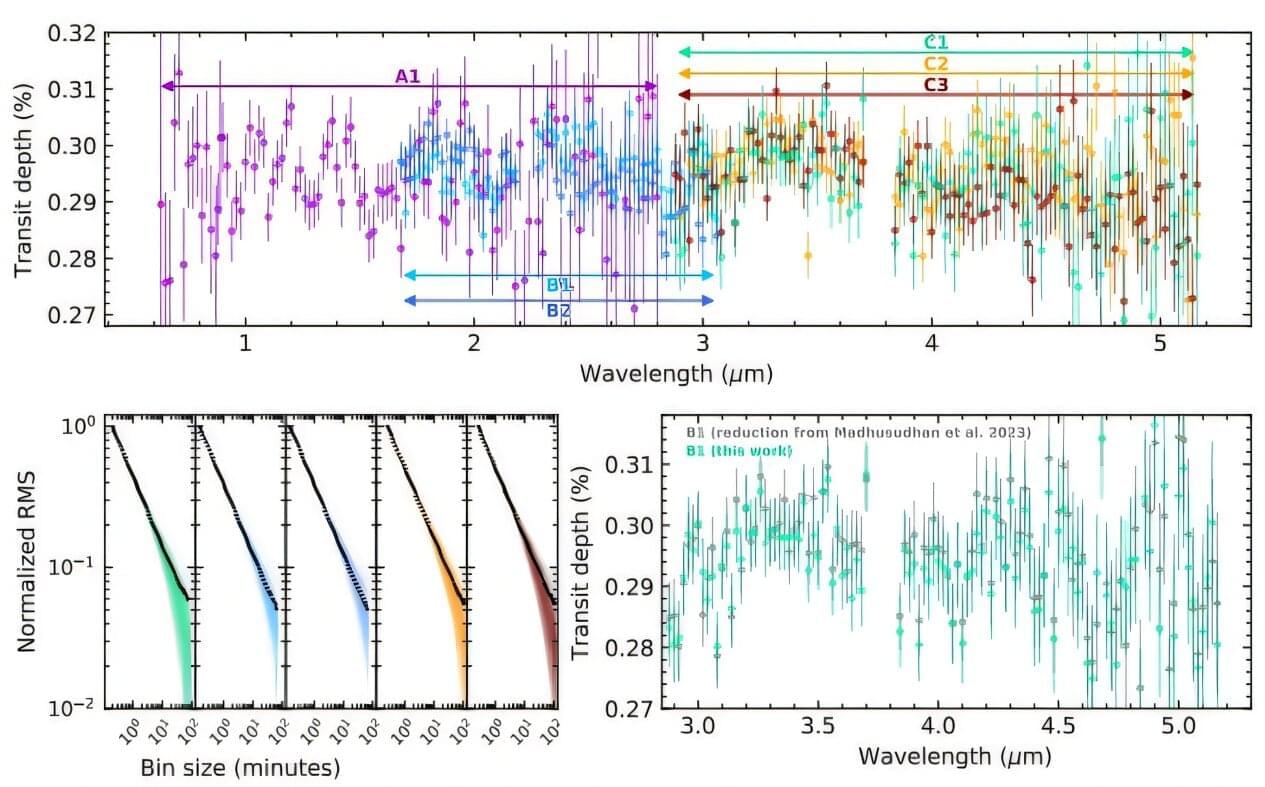

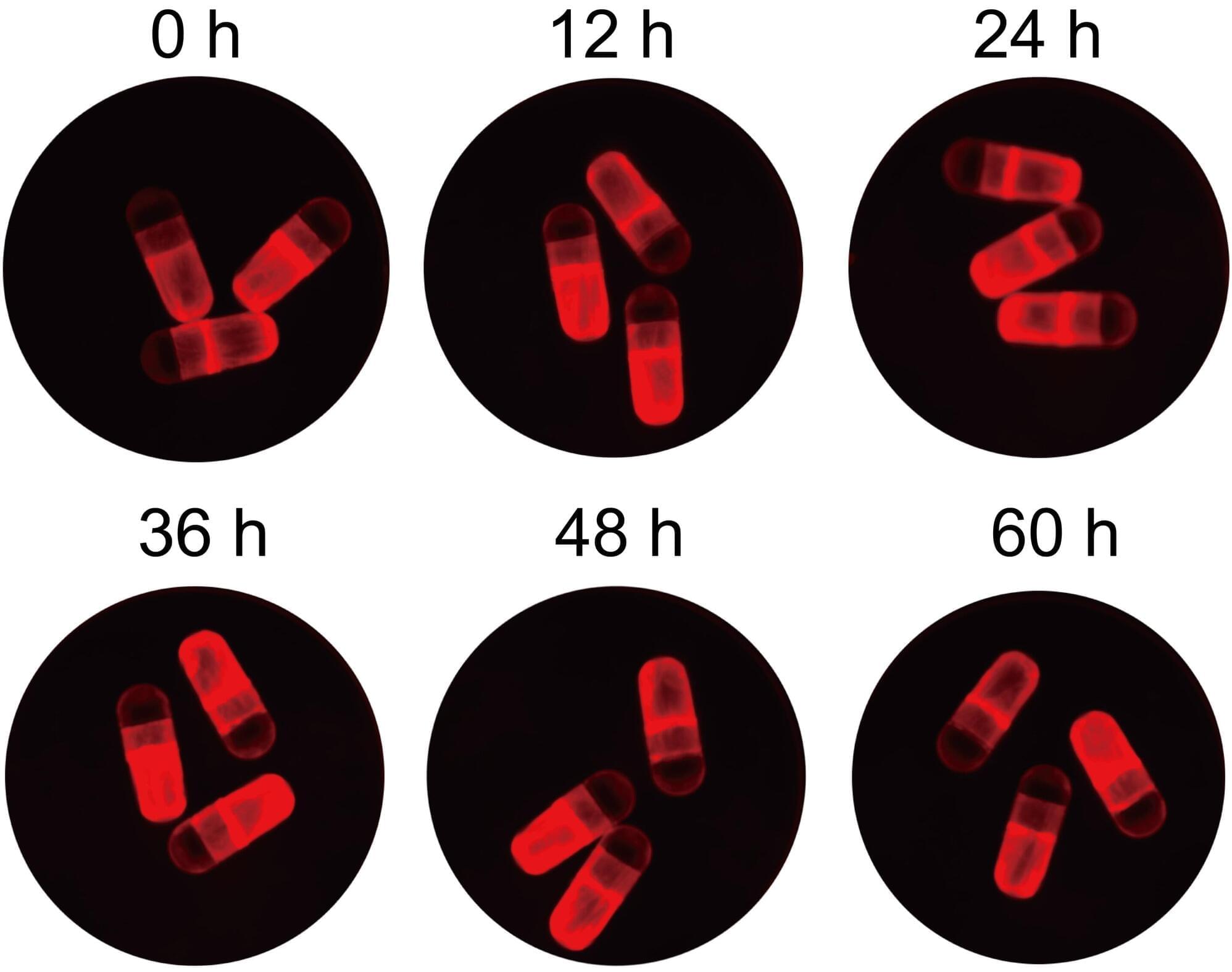

A personalized brain stimulation system powered by artificial intelligence (AI) that can safely enhance concentration from home has been developed by researchers from the University of Surrey, the University of Oxford and Cognitive Neurotechnology. Designed to adapt to individual characteristics, the system could help people improve focus during study, work, or other mentally demanding tasks.
Published in npj Digital Medicine, the study is based on a patented approach that uses non-invasive brain stimulation alongside adaptive AI to maximize its impact.
The technology uses transcranial random noise stimulation (tRNS)—a gentle and painless form of electrical brain stimulation—and an AI algorithm that learns to personalize stimulation based on individual features, including attention level and head size.

A team of researchers at the Max Born Institute and collaborating institutions has developed a reliable method to create complex magnetic textures, known as skyrmion bags, in thin ferromagnetic films. Skyrmion bags are donut-like, topologically rich spin textures that go beyond the widely studied single skyrmions.

Refraction—the bending of light as it passes through different media—has long been constrained by physical laws that prevent independent control over how light waves along different directions bend. Now, UCLA researchers have developed a new class of passive materials that can be structurally engineered to “program” refraction, enabling arbitrary control over the bending of light waves.
In a study published in Nature Communications, a team led by Dr. Aydogan Ozcan, the Chancellor’s Professor of Electrical & Computer Engineering at UCLA, has introduced a novel device called a refractive function generator (RFG) that can independently tailor the output direction of refracted light for each input direction. This device allows light to be steered, filtered, or redirected according to custom-designed rules—far beyond what standard materials or traditional metasurfaces can achieve.
Standard refraction, described by Snell’s law, links the input and output directions of light using fixed material properties. Even advanced metasurface designs only allow limited tunability of refraction.

Prof. Michael Murrell’s group (lead author Zachary Gao Sun, graduate student in physics) in collaboration with Prof. Garegin Papoian’s group from the University of Maryland at College Park has found critical phenomena (self-organized criticality) that are reminiscent of the earthquakes and avalanches inside the cell cytoskeleton through self-organization of purified protein components.
In a groundbreaking discovery, researchers have found that the cell’s cytoskeleton—the mechanical machinery of the cell—behaves much like Earth’s crust, constantly regulating how it dissipates energy and transmits information. This self-regulating behavior enables cells to carry out complex processes such as migration and division with remarkable precision.
Even more striking, the study draws parallels between the behavior of microscopic cellular structures and massive celestial bodies, suggesting that the principles of criticality—where systems naturally tune themselves to the brink of transformation—may be universal across vastly different scales of nature.
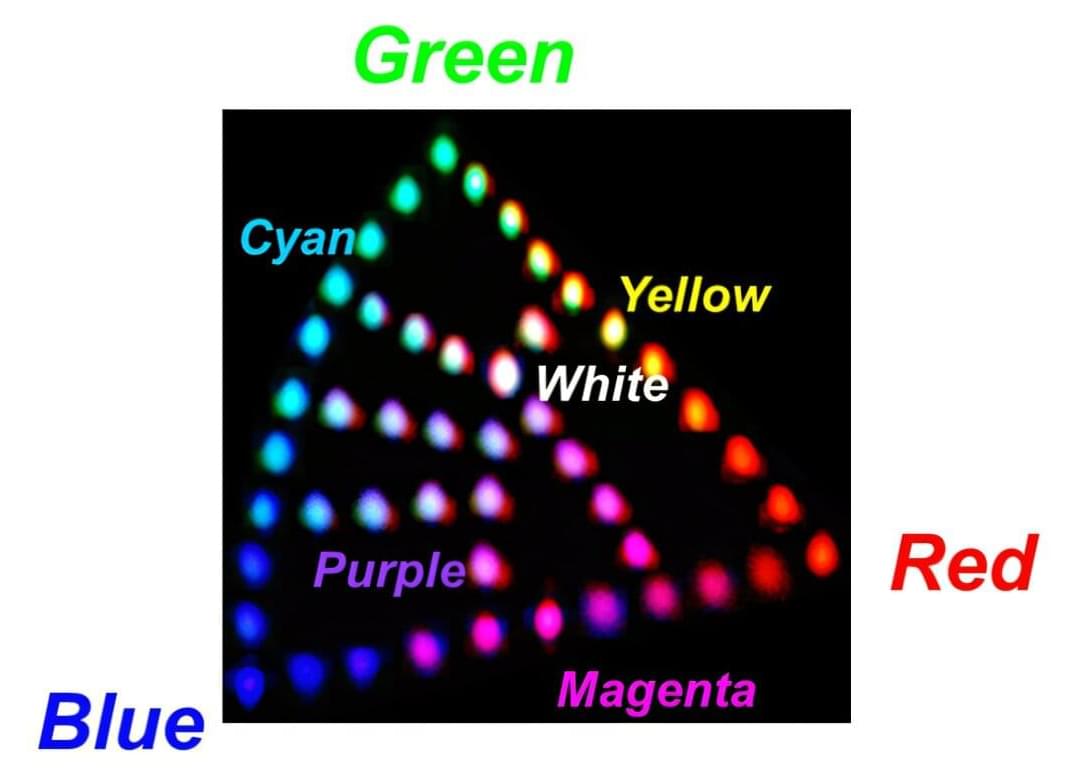
As technology advances, photonic systems are gaining ground over traditional electronics, using light to transmit and process information more efficiently. One such optical system is laser beam scanning (LBS), where laser beams are rapidly steered to scan, sense, or display information.
This technology is used in applications ranging from barcode scanners at grocery stores to laser projectors in light shows. To process a wider range of signals or enable full-color output, these systems utilize multiplexers that merge the red, green, and blue (RGB) laser beams into a single beam.
Traditionally, this was achieved by directly modulating each laser, turning them on and off to control the output. However, this approach is relatively slow and energy intensive. A recent study by researchers at the TDK Corporation (Japan) reports the development of a faster and more energy-efficient RGB multiplexer based on thin-film lithium niobate (TFLN).
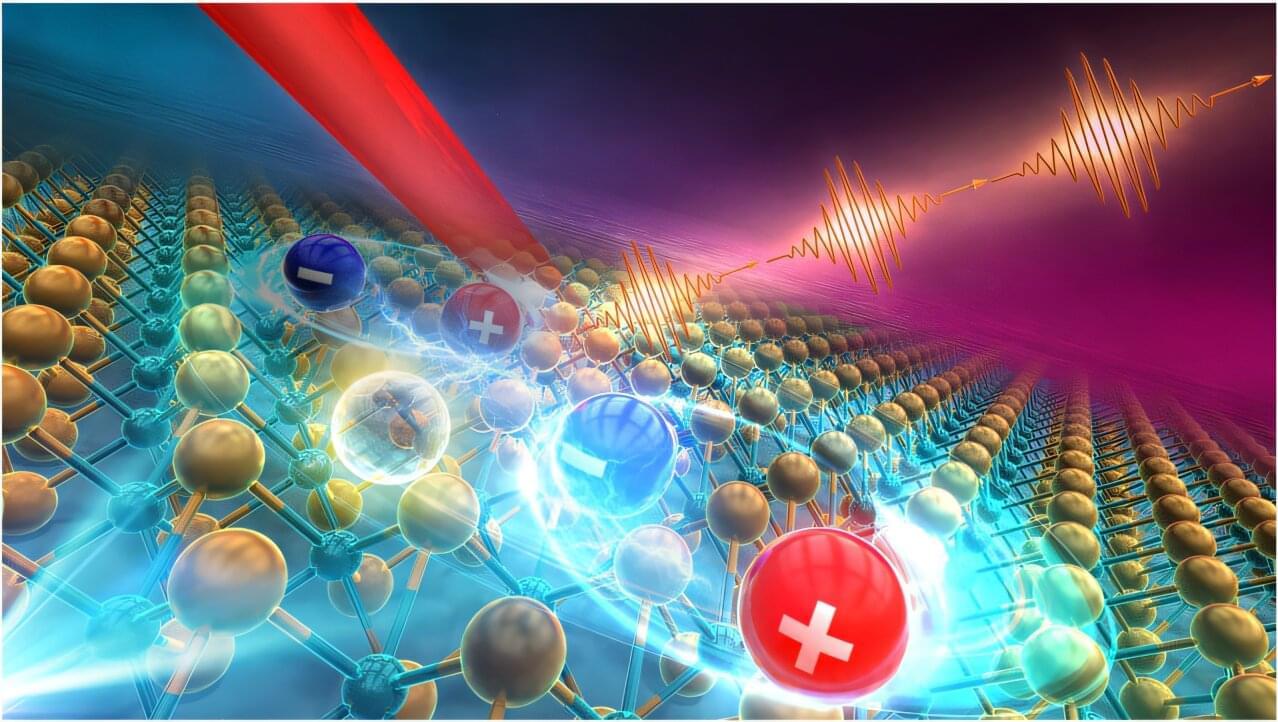

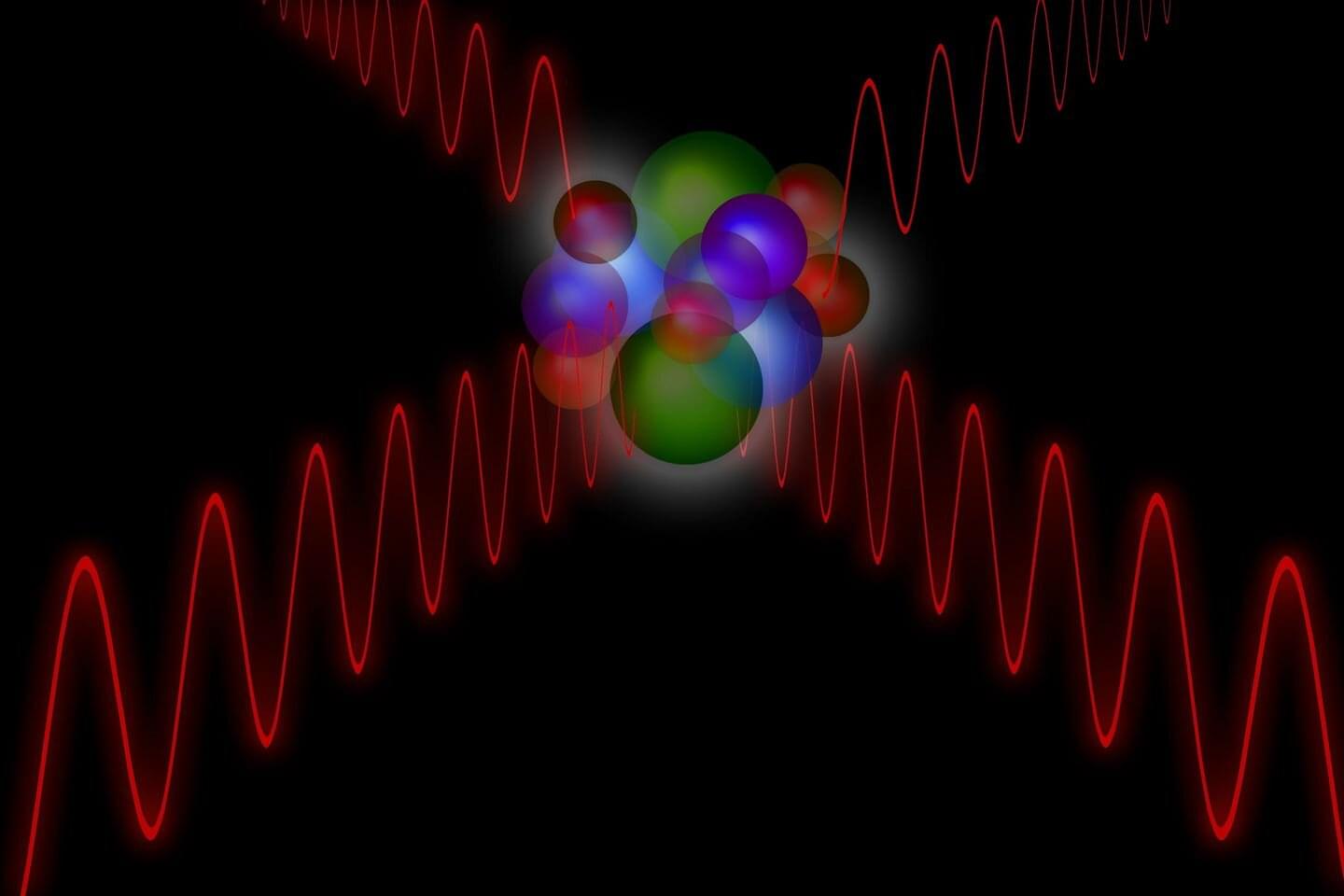
Usually, light waves can pass through each other without any resistance. According to the laws of electrodynamics, two light beams can exist in the same place without influencing each other; they simply overlap. Lightsaber battles, as seen in science fiction films, would therefore be rather boring in reality.